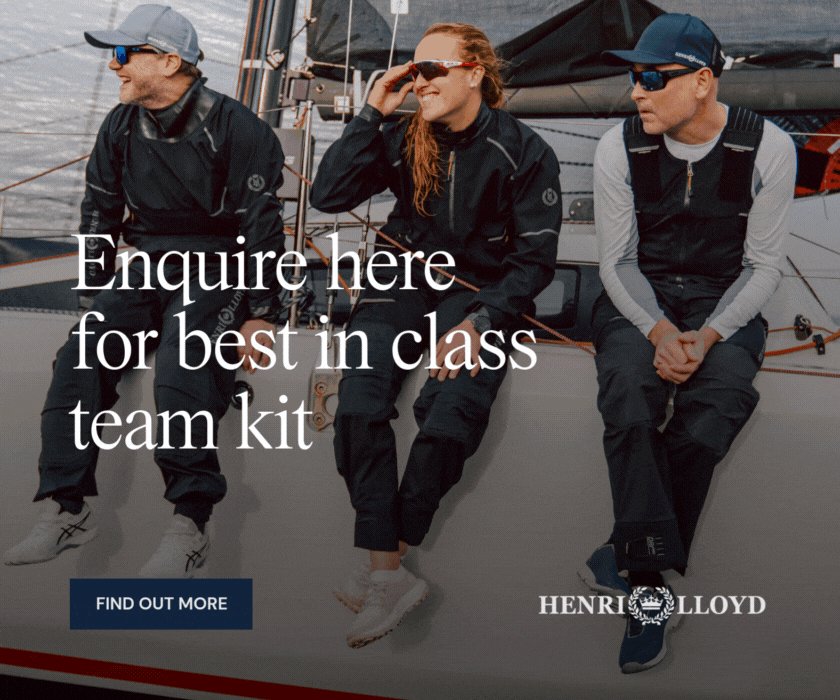
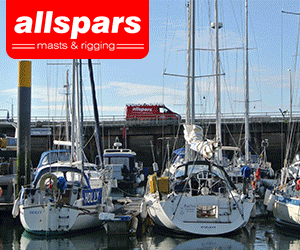


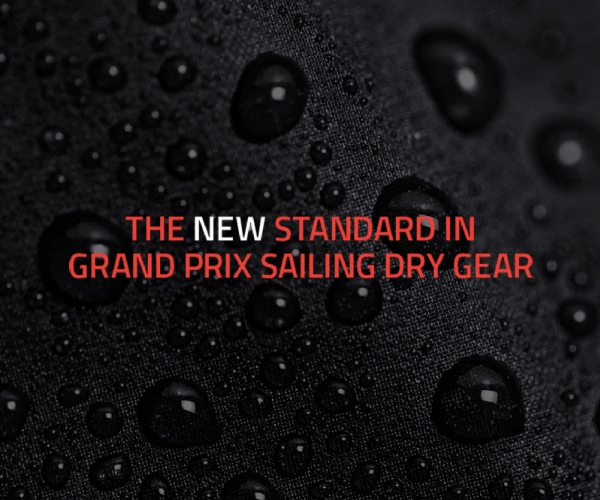
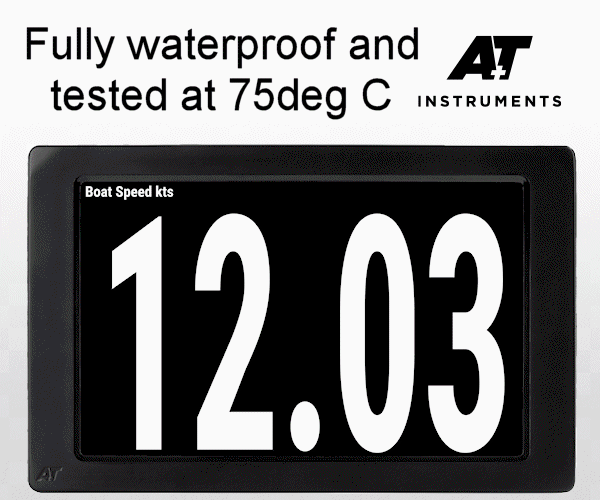

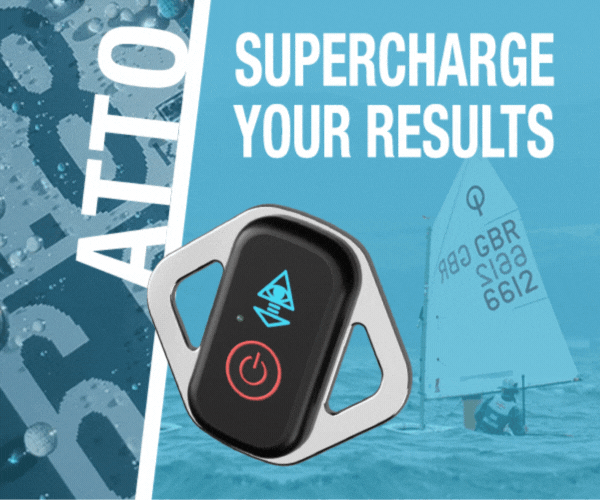
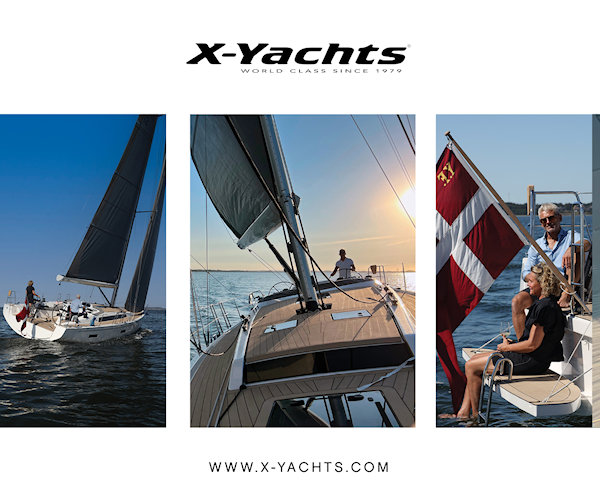

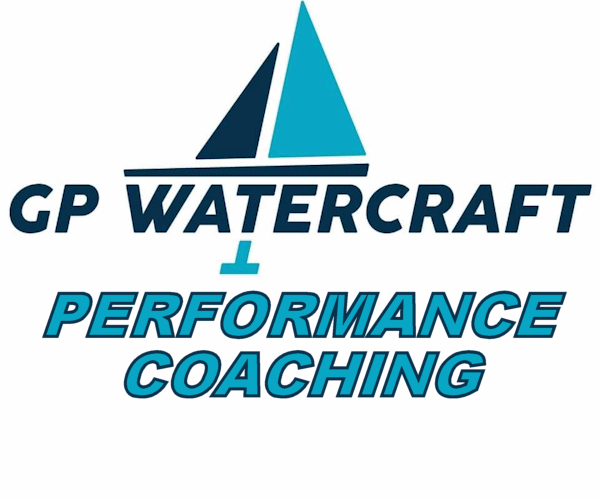

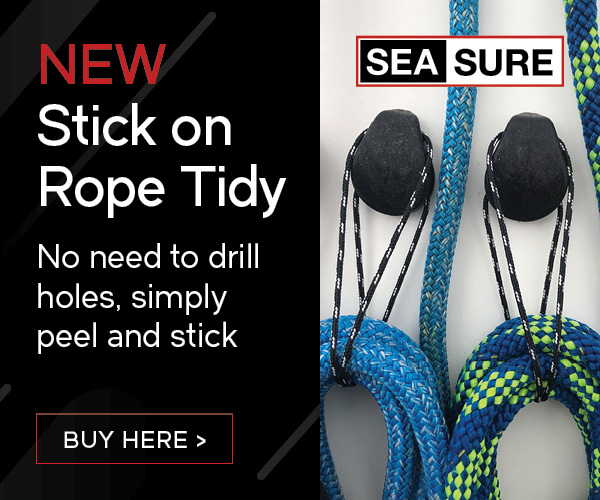
| Laser 140101 Tynemouth |
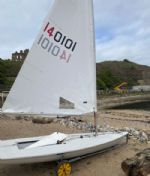 |
| Rossiter Pintail Mortagne sur Gironde, near Bordeaux |
 |
| Laser 28 - Excellent example of this great design Hamble le rice |
 |
List classes of boat for sale |
Buzz Singlehanded Project |
Post Reply 
|
Page <1 7891011 13> |
| Author | |||
Bram 
Groupie 
Joined: 14 Jul 05 Location: United States Online Status: Offline Posts: 49 |
 Post Options Post Options
 Quote Quote  Reply Reply
 Topic: Buzz Singlehanded Project Topic: Buzz Singlehanded ProjectPosted: 20 Jul 05 at 1:55am |
||
|
To add a little to the equation--additional righting moment is of no value unless the boat is overpowered. This condition begins to occur in the Swift at about 11 knots of breeze for lighter sailors and about 13 for guys my size. Because of the flexi mast and on-the-water mast bend control / mainsail design, adjusting the rig takes the boat up to about 20 knots before depowering requires feathering the sails to the point that some luffing occurs. Installing wings or adding beam to the Swift in winds below 15 knots would only cause more drag and make the boat more difficult to sail. The real issue is tacking. Righting moment plays no role when the boat is head to wind. Drag caused by sails and rig do. The clear difference between USA 001 and USA 002 (30 lbs lighter) put the brakes on any thought of reducing the weight further. Keep in mind that one of our primary goals is to have a boat that pays little price for tacking and gybing. Regarding using balsa, Nomex or some other cores: We considered using Nomex cored hulls and decided against it. We are reasonably convinced that because the hull is mostly rig loaded in tension, these hulls would not significantly change the numbers on the forestay test described above nor would the results change much over time. We are equally convinced that using another core for the deck would do both because of the compression loads in the quadrangle. I would hope that further discussion regarding composites would be centered on the validity (or lack thereof) of the forestay test and actual experience. If you think the test has merit, then taking the time to test the class boats at your local club will be educational. I believe that you will find the correlation between the amount of use, softness, and core material hard to refute. You'll probably be limited to the Thistle class and a few others to draw conclusions regarding different core materials. Remember the qualifier "all other things being equal" or the discussion is without merit. Bram |
|||
|
Bram
|
|||
 |
|||
Blobby 
Really should get out more 
Joined: 07 May 04 Location: Australia Online Status: Offline Posts: 779 |
 Post Options Post Options
 Quote Quote  Reply Reply
 Posted: 20 Jul 05 at 3:35am Posted: 20 Jul 05 at 3:35am |
||
|
I think there is a bit of chicken and egg here - the rig design and the righting moment go hand in hand. If you had a wider boat with greater leverage, then you have two choices - 1) if you maintain the same rig that you have at present, as you say the point at which the boat becomes over-powered moves into the stronger winds and below this you are indeed only adding drag. 2) However, if you felt that 11kts was the right design windspeed, for a wider boat, you could either increase the height of the rig to get longer luff lengths, higher aspect ratio, and therefore reduce drag - or you could keep the same rig dimensions but go for a fuller sail with a stiffer rig to get more force out of it. This would give more power and the same transition point between under powered and over powered. Exactly this discussion was going on in the UK Cherub class last year when the swith to twin wires was approved. You still come back to the basic fact though, which is power is limited by the available righting moment as well as the rig - and I still say claiming the Swift to offer the best power to weight ratio is not strictly true. Just to be clear though - i am not saying you should have made the Swift wider and lighter. You decided you wanted a long lasting tactical boat which lost relatively little ground tacking and that would be manageable in gusty conditions on the wire without extremes of athleticism which has lead to the boat being the way it is. These are perfectly legitimate design decisions - but all these have reduced the power to weight ratio below would could be achieved and what is achieved on other boats... I think the forestay test is a good guide - on the 49ers second hand guide they basically do the same thing but measure how much the gunwhales rise compared to the mast step when the rig tension is applied. The advice is naturally the smaller the rise, the stiffer and better the boat is. It would be interesting to measure this on the same boats each year at a nationals to see how it changes too - and it is easy enough to do. Edited by Blobby |
|||
 |
|||
Granite 
Far too distracted from work 

Joined: 12 May 04 Location: Scotland Online Status: Offline Posts: 476 |
 Post Options Post Options
 Quote Quote  Reply Reply
 Posted: 20 Jul 05 at 1:18pm Posted: 20 Jul 05 at 1:18pm |
||
|
If you are trying to get a hull to stay compettitive for 10 years then stiffnes is not the only thing you need to worry about, weight is also important. I had a balsa cored hull that lost about 3KG over a winter spent in a heated garage it had put it all back on again by the middle of the season. Foam cored hulls do not seem to have quite such a problem. |
|||
|
If it doesn't break it's too heavy; if it does it wasn't built right
|
|||
 |
|||
Bram 
Groupie 
Joined: 14 Jul 05 Location: United States Online Status: Offline Posts: 49 |
 Post Options Post Options
 Quote Quote  Reply Reply
 Posted: 21 Jul 05 at 12:13am Posted: 21 Jul 05 at 12:13am |
||
|
We've done some absorption testing on samples and have them posted on the website. http://www.single-handedskiffs.com/pages/773319/index.htm . The trouble with this testing is that various water temperatures are likely to yeild slightly different results. As noted in the results, there were some ohter variables as well. It sounds a bit like a resin starvation problem if your boat is picking up that much weight? Bram |
|||
|
Bram
|
|||
 |
|||
Granite 
Far too distracted from work 

Joined: 12 May 04 Location: Scotland Online Status: Offline Posts: 476 |
 Post Options Post Options
 Quote Quote  Reply Reply
 Posted: 21 Jul 05 at 1:43pm Posted: 21 Jul 05 at 1:43pm |
||
|
It was an old boat that had had a hard life and spent several cold winters with water in the hull before I got it but I was amazed by how much water it took up.
|
|||
|
If it doesn't break it's too heavy; if it does it wasn't built right
|
|||
 |
|||
Guest 
Newbie 
Joined: 21 May 04 Location: United Kingdom Online Status: Offline Posts: 0 |
 Post Options Post Options
 Quote Quote  Reply Reply
 Posted: 21 Jul 05 at 4:13pm Posted: 21 Jul 05 at 4:13pm |
||
Are you building one in the UK? I doubt it will be easier to sail than the musto, all the pictures I have seen are of boats on flat water in 10 knots or less. Given the size of the kite and the lack of wings I think you will have a "bit on" in 25 knots and a bit of sea. Any pics of a SS like these? http://www.mustoskiff.com/gallery/2005/2005-6.htm I have never seen a pic of one blasting with the kite up in a breeze/sea - I think it will prove too much power to width ... Rick |
|||
 |
|||
swiftsolo.org 
Posting king 
Joined: 14 Jul 05 Location: Australia Online Status: Offline Posts: 101 |
 Post Options Post Options
 Quote Quote  Reply Reply
 Posted: 22 Jul 05 at 7:03am Posted: 22 Jul 05 at 7:03am |
||
|
Thanks for your interest. I only replied on this forum initially on a whim and didn't take the time to put any information on my profile. As you can see I am based in Australia.
I hasten to add that I haven't sailed one so these thoughts are not based on actually "being out there" but the following thoughts might be worth thinking about:
No I haven't seen pictures in a big breeze either and where I sail it is 15 to 20 knots a lot of the time.......................... Time will tell whether I can handle it!! Cheers Steve
|
|||
 |
|||
Guest 
Newbie 
Joined: 21 May 04 Location: United Kingdom Online Status: Offline Posts: 0 |
 Post Options Post Options
 Quote Quote  Reply Reply
 Posted: 22 Jul 05 at 9:15am Posted: 22 Jul 05 at 9:15am |
||
|
Steve, Sailing without a crew is quite different with regards to manouvers and I suspect that huge kite will give difficulties in big breeze. The differences betweeen the upwind sail plan are quite significant, there is only about 1m2 difference between the MPS & 700 and in big breeze that makes a big difference. BTW - the Musto dosn't have any tramps and you also just run through on manouvers, there is loads of room under the boom and your never at the front of the boat unless it is under 5 kts. Rick
|
|||
 |
|||
Guest 
Newbie 
Joined: 21 May 04 Location: United Kingdom Online Status: Offline Posts: 0 |
 Post Options Post Options
 Quote Quote  Reply Reply
 Posted: 22 Jul 05 at 9:19am Posted: 22 Jul 05 at 9:19am |
||
You might have big sails but without righting moment you will struggle in higher wind speeds and rough seas.
Are there any photos of the SS doing the business in a breeze - all the pics on the site are on lakes in light winds - I guess that is what you usually get and have optimised for that.
Rick |
|||
 |
|||
swiftsolo.org 
Posting king 
Joined: 14 Jul 05 Location: Australia Online Status: Offline Posts: 101 |
 Post Options Post Options
 Quote Quote  Reply Reply
 Posted: 22 Jul 05 at 1:11pm Posted: 22 Jul 05 at 1:11pm |
||
Rick, I am not suggesting that the SS is a boat for beginners. If you read Julian Bethwaites review of the SS on the swiftsolo.org website you will note that he seems to think the boat is pretty manageable. I presume that he knows what he is talking about. You will note that he mentions that the innovative sheeting system and lower aspect of the rig makes it easy to sail. BTW I don't want to be rude but the only way I can see that you would run through on a MPS is if you were 3ft tall!! Cheers Steve
|
|||
 |
|||
Post Reply 
|
Page <1 7891011 13> |
| Forum Jump | Forum Permissions  You cannot post new topics in this forum You cannot reply to topics in this forum You cannot delete your posts in this forum You cannot edit your posts in this forum You cannot create polls in this forum You cannot vote in polls in this forum |
Copyright ©2001-2010 Web Wiz
Change your personal settings, or read our privacy policy











 Printable Version
Printable Version Delicious
Delicious Digg
Digg Facebook
Facebook Furl
Furl Google
Google MySpace
MySpace Newsvine
Newsvine reddit
reddit StumbleUpon
StumbleUpon Twitter
Twitter Windows Live
Windows Live Yahoo Bookmarks
Yahoo Bookmarks Topic Options
Topic Options